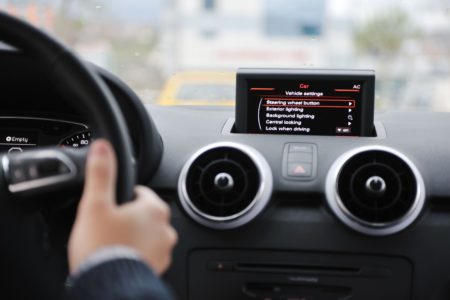8:00 - 17:00
Opening Hour: Mon - Fri
When you buy auto insurance, it’s fair to assume that only yourself and other drivers you’ve listed on the policy are covered to drive your cars. There may come a time where a friend may need to borrow your car or a family member from out of town will take the car for errands.
Simply allowing this without verifying that your policy will provide coverage is dangerous. What started as a nice gesture or a joyous gathering can quickly turn into a disaster if there’s an accident that’s not covered by your insurance.
Not only can it create tension between you and your loved ones, but it can also cost you a fortune in repair costs or third-party medical expenses that you’re responsible for paying.
You’re allowed to lend your vehicle out and still be covered, but not in all situations. Read on, and learn more about who is covered under your policy and what they might be covered for.
Start comparing auto insurance quotes today by using our FREE online tool!
Table of Contents

There are a few different types of drivers that can be named or listed on your policy. Generally speaking, the named insured who owns the policy and who has the power to make changes to the coverage is also a primary driver.
The primary driver is the individual who is named and rated for the purpose of calculating rates on a specific vehicle. This person’s personal information is what directly affect insurance rates.
The primary driver’s age, years of driving experience, licensing status, driving habits, mileage, and driving record will all come into play to determine the price of your insurance rate.
Other listed or named drivers can be found on the policy declarations page, but don’t actually affect the premium of the vehicle as to the secondary driver that they are.
Many times, people will use the terms “named” and “listed” drivers interchangeably. Unfortunately, this can cause confusion – there is an actual difference between the two. Both listed and named drivers are disclosed by the policy owner, but how they can affect the policy can vary.
When you have a named driver, this person has regular access to the insured vehicle and can affect rates with their driving record.
When you have a listed driver, however, the company is aware that the driver has access to the car but won’t charge for the individual because they have their own coverage on their own vehicle. If listed drivers end up canceling their coverage, they’ll need to become named and rated.
Just like there are named drivers, there are also named driver exclusions. An exclusion is a form that is filled out by the insured and signed to exclude a specific person from receiving coverage under the policy.
If an excluded individual is involved in an accident driving any of the cars under the policy, the damages won’t be covered. Here are a few scenarios where an insured might want to sign a named driver exclusion:
A Personal Auto Policy also may include a permissive user classification. Under this provision, people who are given express consent to drive a vehicle may be covered, but coverage isn’t guaranteed.
Enter your ZIP code below to view companies that have cheap auto insurance rates.

A policyholder can’t just let any of their friends, family members or neighbors borrow their car and assume their car insurance company will be happy about it. If anyone could be a permissive user, no one would list drivers who would inflate their premiums.
This is why you must meet certain conditions before a claim with an unlisted driver will be approved. Here are some ways coverage can be denied:

The owner of the motor vehicle has a responsibility to maintain liability insurance on the car no matter who’s operating the car. Because of this, the liability coverage will pay as long as the driver meets permissive user status.
Even if the driver who is borrowing the car has their own insurance, the vehicle’s liability coverage limits will be primary.
The vehicle’s carrier will always pay up to the liability limit in an at fault accident. The driver’s policy will not factor into the incident.
Physical damage coverage always follows the car and not the driver, so the car’s policy will pay for repairs needed for the car. If you’re not happy with your current insurer or you’d like to price coverage with a new driver in your home, it’s time to start shopping.
Use an online insurance rate comparison tool and you’ll be able to price coverage from several insurers on a single platform. Gather the information you need, enter it into the quoting tool, and find affordable rates today.
Enter your ZIP code in our FREE tool below to compare rates now!
Uncategorized